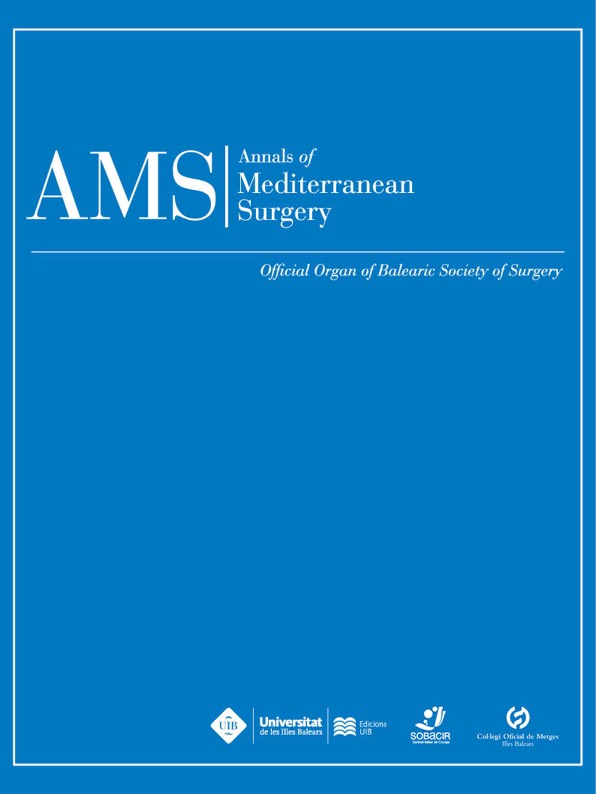FRACTURE OF THE RADIAL NECK FOLLOWING ELBOW SUBLUXATION IN CHILDREN. JEFFERY TYPE II LESION. A NEW CONCEPT OF FIXATION
DOI:
https://doi.org/10.22307/2603.8706.2019.02.003Abstract
IntroductionSince Jeffery, in 1950, described the type II fracture to the present day, the literature has only twenty-eight cases of children with this type of injury.
Material and MethodsWe would like to present a new concept of fixation of this fracture which, as far as we know, has never been described in the literature.
ResultsOpen reduction should be performed with minimal injury to osteochondral, ligamentous and muscular structures to reduce complications associated with this injury. We believe that the best technique, once you decide to perform an open approach is to fix the fracture with mini-screws. Achieve a stable fixation and avoids the distraction of the fracture.
DiscussionAlthough there is no consensus regarding the need for internal fixation or the type of fixation system to be used in the Jeffery type II fracture, we recommend an open approach and fix the fracture with screws, in order to stabilize the fracture.
Downloads
Downloads
Published
How to Cite
Issue
Section
License
The authors who publish in this journal accept the following conditions:
- The authors retain the copyright and give the magazine the right of the first publication, with the work registered with the Creative Commons Attribution License, which allows third parties to use what is published whenever they mention the authorship of the work already The first publication in this magazine.
- Authors may make other independent and additional contractual arrangements for non-exclusive distribution of the version of the article published in this journal (eg, include it in an institutional repository or publish it in a book) provided they clearly state that Work was first published in this journal.
- Authors are encouraged and encouraged to publish their work on the Internet (eg on institutional or personal pages) before and during the review and publication process, as it can lead to productive exchanges and greater and faster dissemination of the work. Published work (see The Effect of Open Access).



